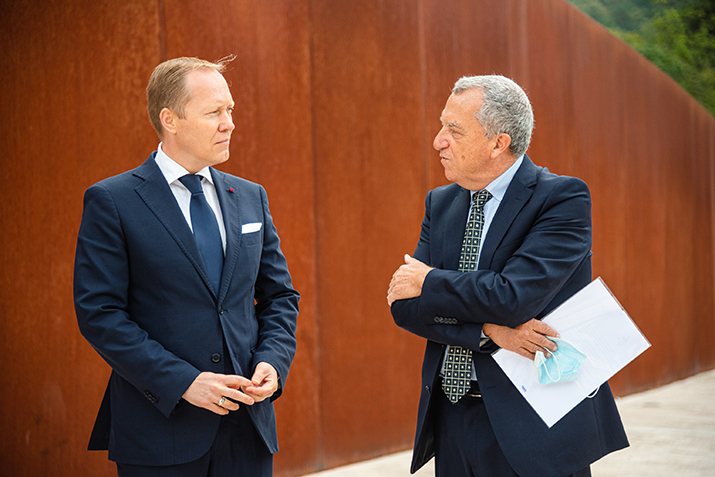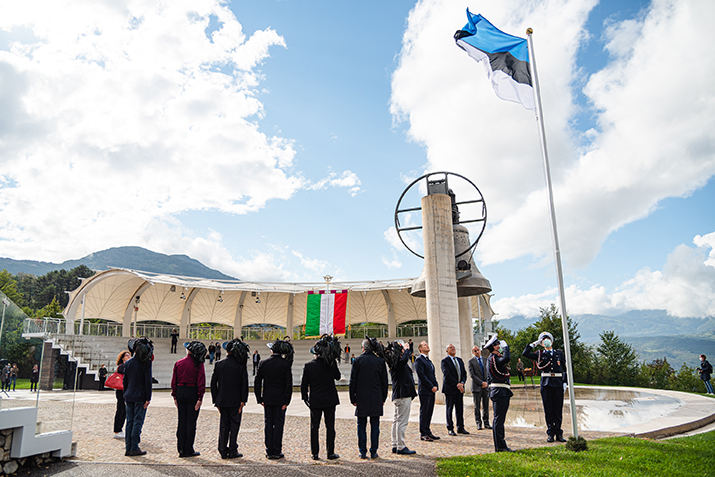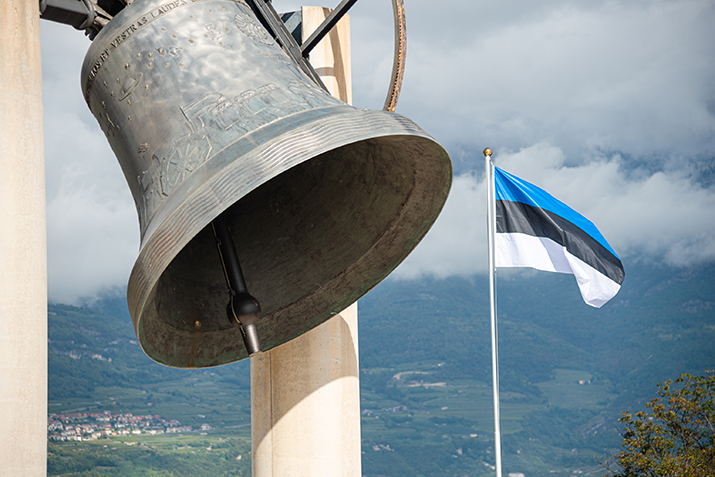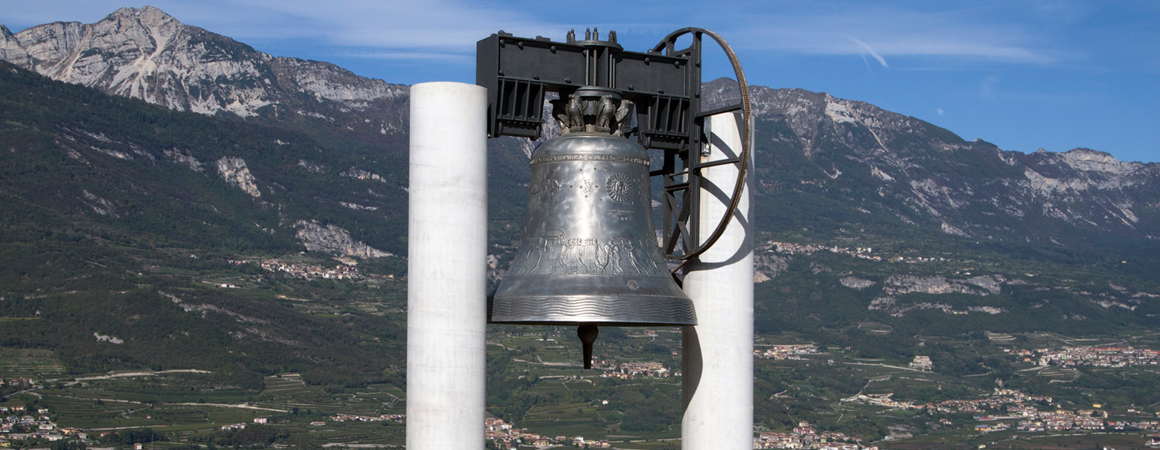ESTONIA ADHERES TO THE PEACE MEMORANDUM OF THE ROVERETO PEACE BELL FOUNDATION
The Republic of Estonia entered the League of Nations in 1921. It could be a nice round date to celebrate, but in the last hundred years things have all too often turned out differently than hoped for: what looked like the end of an ordeal was just the beginning of a very difficult path. Retracing the recent history of his country, the Estonian Ambassador to Italy, Paul Teesalu, who went up to the Miravalle hill on 5 October to join the Peace Memorandum of the Bell of the Fallen, felt it his duty to recall two world wars, a war of independence and prolonged foreign occupation. All in just over a century.
"During the First World War, approximately 100,000 Estonian soldiers fought in the Imperial Russian Army, but there were also Baltic citizens who had instead been enlisted by the Germans", Teesalu recalled in front of Reggente Marco Marsilli, Deputy Mayor of Rovereto Giulia Robol, Councilor Arianna Miorandi and Claudio Naldi, who went up to the Colle on behalf of the Government Commission. Once again, a nation split in two. Tragedies that occur at different latitudes but in the same way. Then the opportunity. In February 1918, troops from Berlin conquered the entire country, but it took them a while to reach the capital. The Russians left Tallinn before the Germans arrived and the founding fathers of the Estonian Republic used the "vacant seat" to declare independence. "Estonia is therefore one of the countries born from the ashes of the First World War," says Teesalu. But there would still be suffering. In February 1920 the Tartu Peace Treaty was signed with the Soviets, in 1921 there was the aforementioned adhesion to the organization which would later become the UN but then in 1940 there was the Soviet invasion and annexation which extinguished the light of democracy for too long and was only rekindled thirty years ago. A unique story yet at the same time like many others with victims to be honored, rights to be defended. And to hoist the Estonian flag, the first of a Baltic Republic, next to Maria Dolens is a clear signal sent by those who know the cost of freedom and wish to avoid it being endangered by another conflict.
During the First World War, approximately 100,000 Estonian soldiers fought in the Imperial Russian Army, but there were also a number of Baltic citizens enlisted by the Germans
Don Rossaro, commented Marsilli, had a dream: "No more wars". He cemented this ideal ninety-six years ago in a Bell cast with the bronze of cannons that had fired on enemy fields and now resound in a single toll of Peace. The Foundation President added that he had of course been rather optimistic: it took another immense massacre before that cry was heard, but today "we can all live in a European society that is free from wars. And we owe this to the people who, in the 1950s, helped to create the great continental family of which Estonia has been an important and very active member since 2003 ". "That of the Second World War - he continued addressing the Estonian ambassador - was a terrible period for your country with the renunciation of national sovereignty and years of occupation until regaining independence in 1991 and your proud presence on the international scene. And this means that today's Estonia is in many ways a model country in international society which has strong democratic traditions. It is experiencing strong economic growth, is at the forefront of technological innovation and also secures many foreign investments, synonymous with the movement of ideas that generates further growth».
The flag hoisted on the Hill is a clear signal sent by those who do not forget how much freedom cost and want to avoid it being put at risk by another conflict
On 5 October we learnt a little more about a country with a complicated history, which was formed by oppression, courage, blood and rebirth. And today, perhaps also for this reason, ready to guarantee assiduous participation in Peacekeeping operations, from the Middle East to Africa. Those who have suffered from war work so that there are no more conflicts, and come to raise their flag in the ‘house’ of peace.

The Estonian Ambassador Paul Teesalu and Reggente Marco Marsilli before the ceremony








